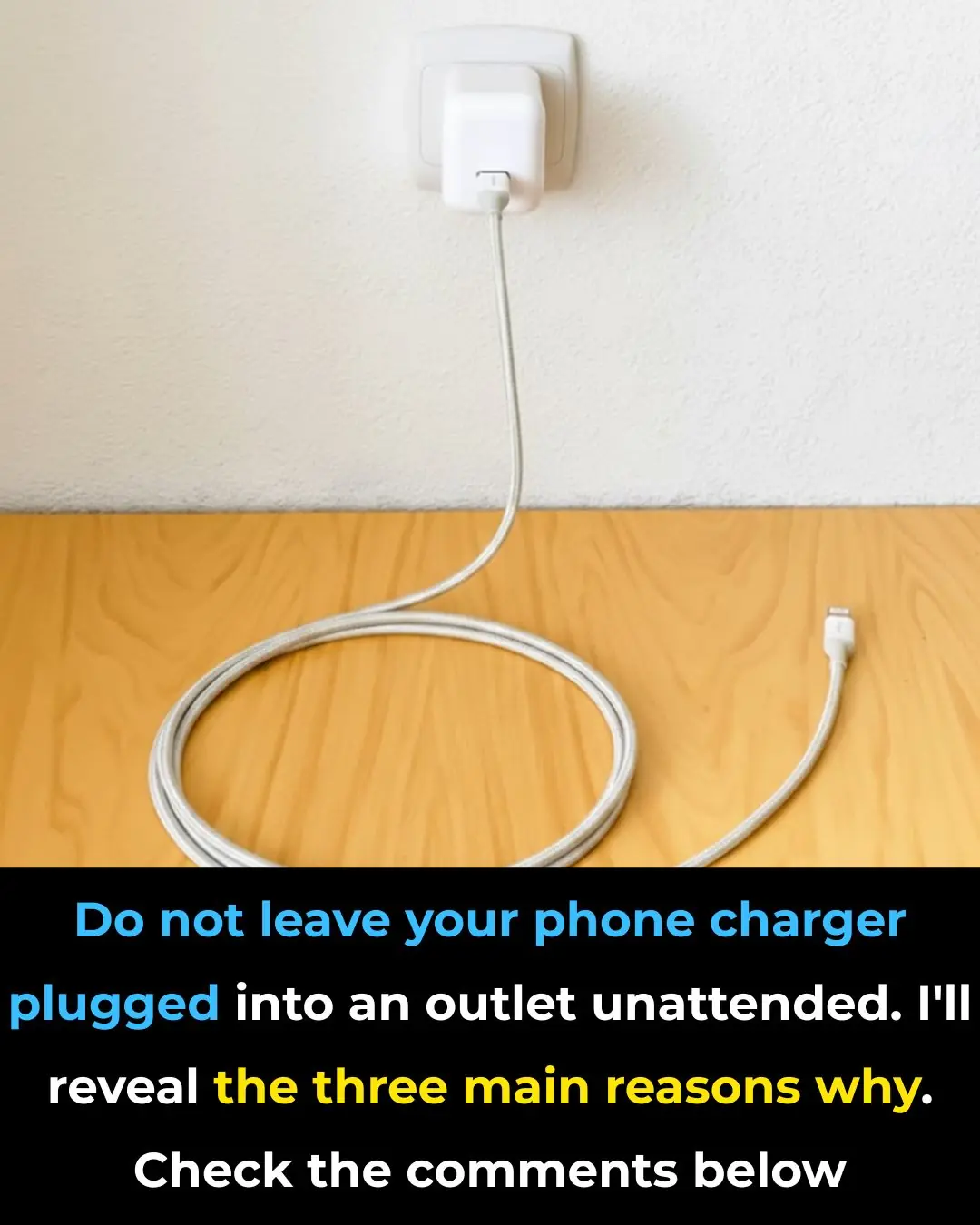
Why We Feel That Little Electric Sh0ck When We Touch Another Person—Science Explains
Have you ever experienced those little electric shocks when you get close to someone or touch an object? If you’ve ever wondered why this strange sensation happens and what causes it, now’s your chance to get some clear answers.
1. A Common Yet Surprising Sensation
That tiny, sudden jolt you sometimes feel when touching someone or brushing against their skin actually has a solid scientific explanation. While it might seem random or even uncomfortable, this sensation—called static electricity—is far from accidental. It’s a natural phenomenon related to the way electric charges behave in everyday life.
2. Everyday Moments When You Might Feel It
You’ve probably noticed these little shocks in many common situations: when shaking hands, pulling off a sweater, grabbing a metal doorknob, or touching a railing. In every one of these moments, your body is naturally trying to balance the electrical charges it has accumulated. This means energy stored as electrical charge in your body moves quickly to even out the difference between you and whatever you touch.
3. How Static Electricity Actually Works
Static electricity happens when two objects with different electric charges come into contact and then separate. For example, if your body has built up an excess of electrons (negatively charged particles) and you touch something neutral or positively charged, those electrons jump to the other object to balance things out. This sudden flow of electrons is what creates the spark or shock you feel on your skin.
4. What Makes Static Buildup Worse?
The strength of these shocks can change depending on several factors. The Spanish National Institute of Occupational Safety and Health points out a few key contributors:
-
Movement and Friction: When your clothes rub against your skin, or your shoes slide across the floor, this friction causes more static electricity to build up.
-
Body Conditions: Sweating can affect how well your body holds or releases electric charge, often reducing the buildup.
-
Material Types: Materials like plastic, metal, and synthetic fabrics tend to hold onto electrical charges longer than natural fibers such as cotton or wool.
5. Environmental Effects on Static Electricity
The environment around you plays a big role, too. In dry or low-humidity places—like heated indoor rooms during winter or arid desert climates—static electricity builds up much more easily because there’s less moisture to help dissipate the charge. On the other hand, humid conditions act like a natural conductor, helping the electrical charge flow away quickly. Even the type of flooring you walk on matters: carpets and rugs increase static buildup, while smooth surfaces like tile or hardwood help dissipate it.
6. Should You Be Worried?
For the vast majority of people, these static shocks are harmless and only last a brief moment. They don’t pose any health risks and are mostly just a minor nuisance. However, experts do recommend that people with sensitive medical devices such as pacemakers or implanted electronics exercise caution. Even small electric discharges could potentially interfere with the function of these devices, so avoiding static buildup or shocks is wise in those cases.
7. Static Electricity Beyond Everyday Life
Static electricity isn’t just a quirky annoyance—it also plays a valuable role in many scientific and industrial processes. For instance:
-
In textile manufacturing, static charges help fibers align and bond, improving fabric quality.
-
In laser printing and photocopying, electrical charges are used to transfer toner or ink precisely onto paper, creating crisp images and text.
-
It’s also important in air filtration systems, where static charges help trap dust and particles.
8. A Natural, Harmless Part of Life
In summary, the small electric shocks you sometimes feel are nothing to fear. They’re simply physics at work, a natural reminder of the invisible electrical forces constantly moving around us. Factors like humidity, clothing materials, and your own movements all influence how noticeable these shocks are.
So, the next time you experience that tiny zap when shaking hands or touching a metal object, remember it’s just a harmless spark showing you that electricity quietly shapes much of our everyday experience—even in the smallest and most surprising ways.
News in the same category


When a woman stops loving a man, she begins…

5 hygiene mistakes that many people make... but no one dares to talk about...

What does this gesture mean?

Is Too Much Rice Harming Your Health

Has This Ever Happened to You? The Strange Phenomenon That Freezes You in Your Sleep

Some people are only now realizing what the “WC” sign stands for on washrooms

Unbelievable Discovery: Praying Mantis Eggs Found in Christmas Tree

7 Ways to Deal With A Cheating Husband

10 Safest Places to Be if World War III Erupts

Polylaminin: Could This Breakthrough Help Heal Spinal Cord Injuries?

Global AWS Outage Disrupts Major Apps and Airlines, Exposing the Internet’s Fragile Backbone

4 types of ornamental plants that easily cause allergies and poisoning in children, parents should consider before planting

Most Attractive Hobby a Man Can Have According to Women

Make Your Sausages Juicier and More Flavorful With This One Simple Step Before Cooking

Don’t Leave Your Phone Charger Plugged In

These Wax Worm Caterpillars Can Eat & Digest a Plastic Bag in Just One Day

AI Laser Zaps 30 Mosquitoes Per Second from 6 Meters Away

What Is Frank’s Sign
News Post

The Powerful Health Benefits of Papaya Seeds: Why You Should Include Them in Your Diet

The Wonderful Hazel Tree (Corylus avellana): Nutrition, Healing, and Traditional Uses of Every Part

Boiling a Whole Avocado: The Secret to Softness, Nutrition, and a Delicious Baked Recipe

The Hidden Healing Power of Papaya Leaves

Sugar Apple (Annona squamosa): A Sweet Fruit with Powerful Health Benefits

If you find a centipede at home, here is what it means...

If a Man Doesn’t Appreciate You, Here’s What You Should Do

25 Worrying Signs Your Body Is Trying to Warn You of Serious Health Problems (and What to Do About Them)

The Hidden Power of Lactuca serriola Root (Prickly Lettuce Root)

Why You Should Stop Waking Up to Urinate

4 types of vegetables are full of parasites but many people still eat them raw every day

Hidden Dangers in Your Mouth: Early Signs of Oral Cancer

Maple Trees from Root to Crown: A Complete Guide to Every Edible Part

7 Signs of Arthritis You Shouldn't Ignore

California Poppy: Nature’s Gentle Remedy for Relaxation and More

What is its purpose. see details

When a woman stops loving a man, she begins…

5 hygiene mistakes that many people make... but no one dares to talk about...
